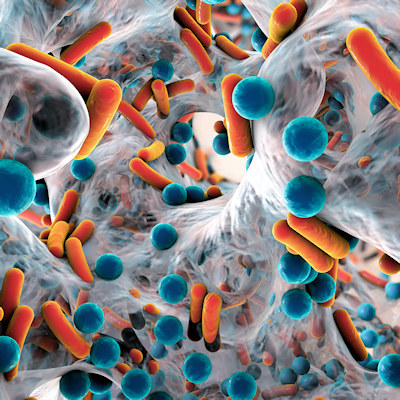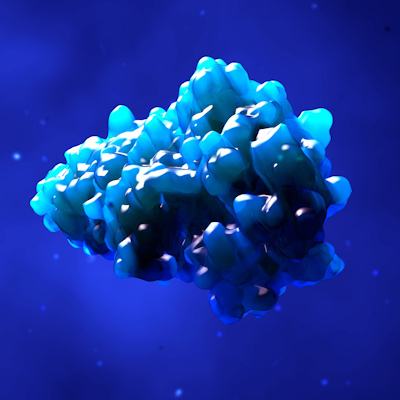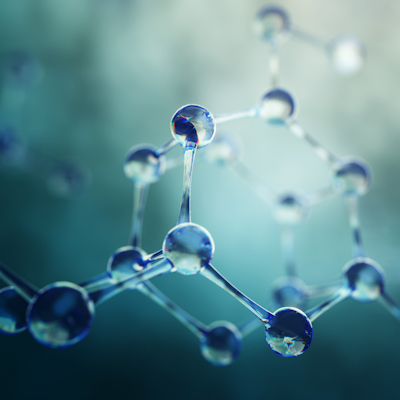April 5, 2023 -- Researchers at Cold Spring Harbor Laboratory have created a new weapon against drug-resistant bacteria: an antibiotic that can shape-shift by rearranging its atoms.
The research, published Monday in the Proceedings of the National Academy of Sciences (PNAS), could help combat antibiotic resistance, deemed one of the top ten global public health threats by the World Health Organization (WHO).
In the U.S. alone, drug-resistant bacteria and fungi infect almost three million people per year and kill about 35,000. The recent overuse of several essential, effective antibiotics has led to bacteria developing resistance to them. Drug-resistant infections can be difficult, sometimes impossible, to treat. However, developing novel drugs and ensuring their safety for clinical use is a slow process. One alternative -- reengineering already-approved antibiotics to overcome resistance mechanisms -- takes advantage of established supply chains and clinical success, offering a quicker solution.
Vancomycin, a potent glycopeptide antibiotic which works by inhibiting the synthesis of a bacteria's cell walls, has long been used to treat bacterial infections including endocarditis, bone and joint infections, skin infections, bloodstream infections, colitis, and meningitis.
Considered a drug of last resort, vancomycin is also used in cases when other antibiotics are ineffective. However, several bacteria have now developed resistance to it, including vancomycin-resistant Enterococcus (VRE), methicillin-resistant Staphylococcus aureus (MRSA), and vancomycin-resistant Staphylococcus aureus (VRSA). Previous research has found that vancomycin dimers -- molecular structures consisting of two similar subunits -- displayed antibacterial activity superior to the parent drug against vancomycin-resistant bacteria.
The researchers learned of a fluxional molecule called bullvalene, which has atoms that can swap positions. This gives bullvalene a changing shape with over a million possible configurations -- precisely the fluidity they sought. They hypothesized that they could improve vancomycin's bacteria-fighting capabilities by combining vancomycin dimers with bullvalene.
They turned to click chemistry, a Nobel Prize-winning class of rapid, high-yielding chemical reactions that reliably click molecules together. This makes the reactions more efficient for wide-scale use and provides the best chance for making complex structures. Using this technique, the team created a new antibiotic with two vancomycin warheads and a fluctuating bullvalene center.
The researchers tested the new drug by giving it to VRE-infected wax moth larvae, which are commonly used to test antibiotics. They found that the shape-shifting antibiotic was significantly more effective than vancomycin alone at clearing the deadly VRE infection. Significantly, the bacteria didn't develop resistance to the new antibiotic. The researchers believe click chemistry may be used with other shape-shifting antibiotics to create a multitude of new drugs which may potentially be of great value to human health and survival.
"If we can invent molecules that mean the difference between life and death, that would be the greatest achievement ever," said co-author John Moses, professor of organic and click chemistry at Cold Spring Harbor Laboratory, in a statement.
Copyright © 2023 scienceboard.net











